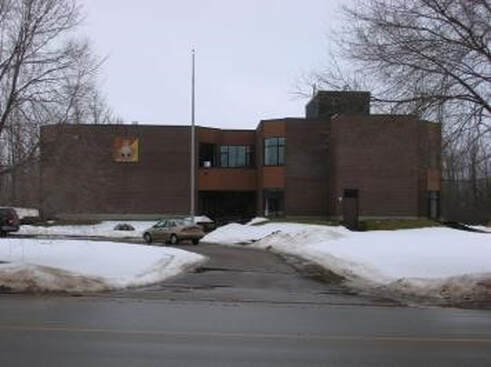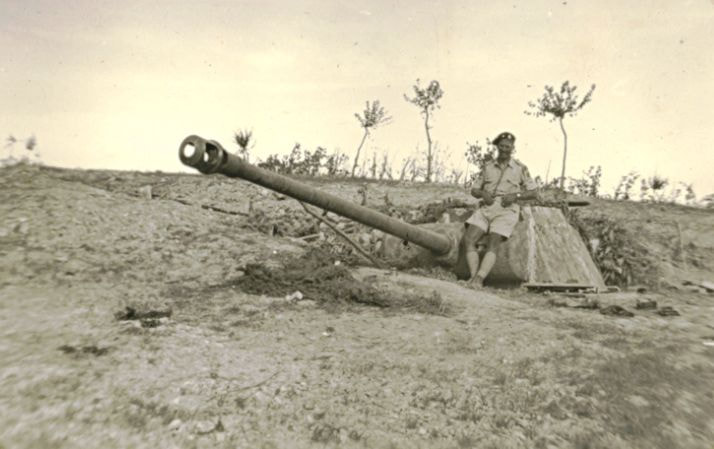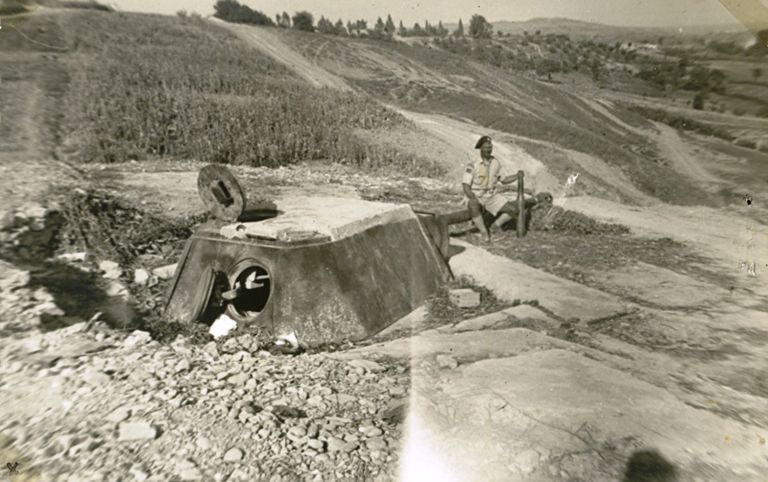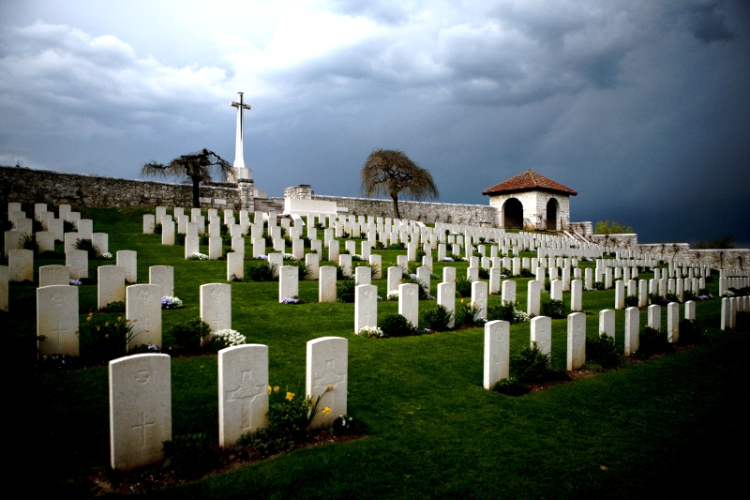However, prior to the onset of the depression, many militia regiments managed to make good use of the Camp. The 8th Hussars Officer’s Bungalow, constructed in 1904 and renovated following the First World War, would become a focal point of community activity in Sussex.
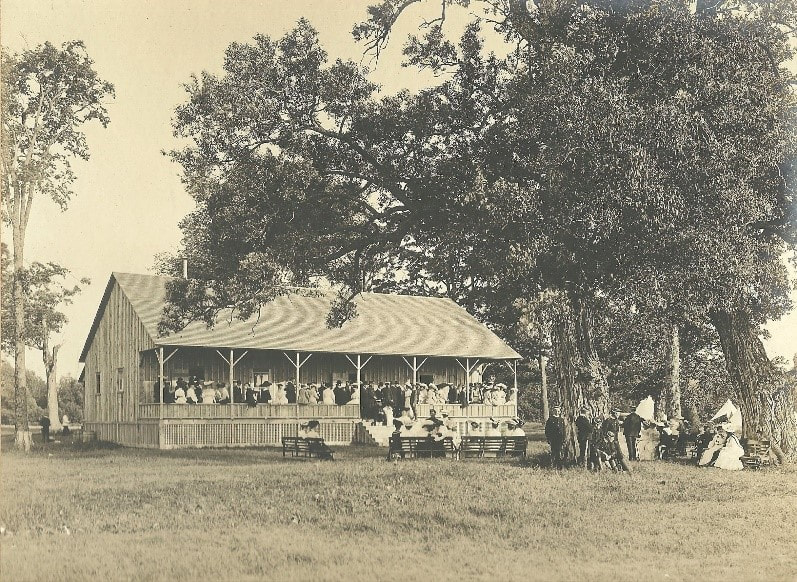
However, as the country began moving out of the depression, Camp Sussex would go on to retake its place as the pre-eminent military training centre in Atlantic Canada. As the situation in Europe began to deteriorate in the late 1930s, the militia began to prepare. For the Hussars, this meant new methods of training. The First World War had shown that the use of cavalry in modern war was untenable. So, the Hussars began to mechanize. With some confiscated Model T-4s, the regiment would practice maneuvers in the fields of Camp Sussex.
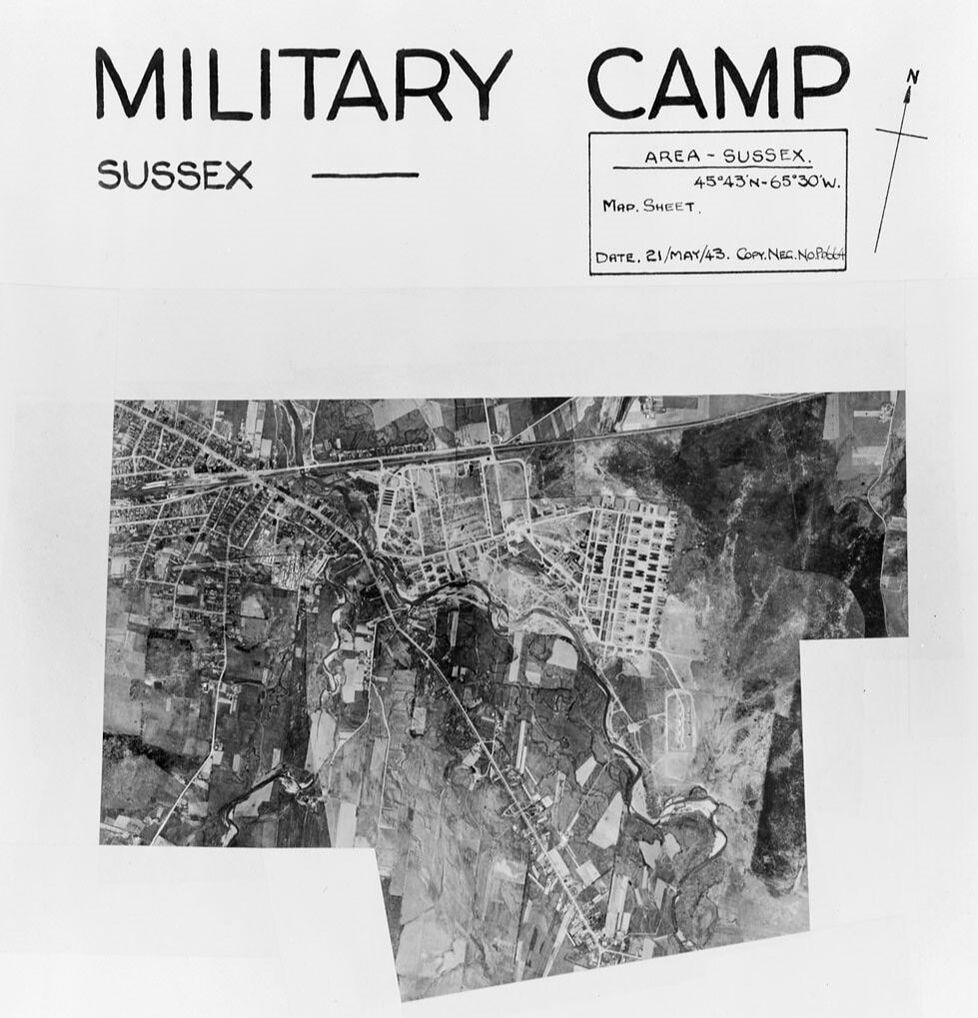
During the early years of the war, 3rd Canadian Infantry Division, the 4th Canadian Armoured Division, and elements of the 7th Canadian Infantry Division would be trained in Camp Sussex. Each division comprised approximately 10 000 men. The 3rd and 4th were overseas combat divisions, the 7th was a home division. Training included learning to operate heavy weapons like the 2 inch and 3 inch mortars at the McGregor Brook Range, rifle and machine gun practice, amphibious assaults, map reading, administrative tasks, and many other skills essential for combat.
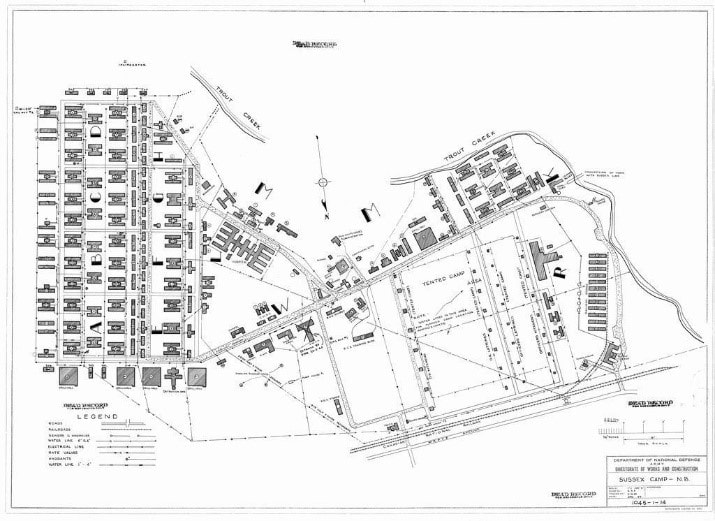
When CFB Gagetown opened in 1958, military training began to be concentrated there. For Camp Sussex, this saw much of its infrastructure taken away. Some of the H-huts were towed across Trout Creek and converted into residential complexes. One training hall became the York Arena in Fredericton, another became the Kings County Stadium. The Gas Hut were taken to Peter Street and made into a home. The tank hanger now houses the Agricultural Museum. Finally, the land itself was sold to the Town of Sussex in the early 1970s. The Gregg Armouries on Leonard Drive, which houses B Squadron of the 8th Canadian Hussars, is the only military connection to what was the premier training base in Atlantic Canada. And so, after 100 years of military service, thus ended Camp Sussex.
The Battle of Montecchio 30-31 August 1944 By Matthew Gamble
The 8th New Brunswick Hussars were to play a role in this operation. On the 29th of August, 1944, the Regiment moved into position in the hills south of the picturesque town of Foglia. Their objective: cross the valley below and occupy the high ground before occupying the town of Montecchio. The Germans had other plans, and elements of the German 10th Army were hastily digging-in in preparation for the inevitable Canadian offensive. A formidable 14-foot anti-tank ditch was dug, and machine-guns and anti-tank guns were positioned on the high ground with interlocking fields of fire. Montecchio lay surrounded by these formidable defences. It would not be an easy fight.
The attack began at 1730 hours on the night of the 30th, and was met by feeble German resistance. The Canadians had caught the Germans off-guard as they hurriedly tried to man their positions. Seizing the opportunity, Major Howard Keirstead and his tank advanced down the valley to join the Cape Bretons. This time, the Germans were prepared, and the Major’s tank faced a wall of enemy fire. Captain Bob McLeod and his tanks were eager to join the battle, but were held up in a traffic jam by a Provost. McLeod continued by motorcycle under fire in a bid to find Keirstead, who ordered the tanks moved up. With the tanks still being held up by the Provost, McLeod made a call to Colonel Somerville, seeking permission to get his tanks moving again.
The next day brought the inevitable German counterattack. The line held, and the Regiment consolidated its gains, with Cliff McEwen and C Squadron reinforcing Point 111. From the high ground, they pounded enemy positions in and around Montecchio. The fire was effective, and the Irish Regiment easily mopped up remaining German resistance. Outflanked, the Germans defending Point 120 quickly fell soon after.
From their newly-conquered commanding positions above the valley, the Hussars took stock of the cost of their conquest. Burnt out tanks littered the valley, and the Regiment spent the next several hours digging graves. The grim cost of war.
Fighting in and around Montecchio was just a taste of what was to come in later battles, as the Allies breached the formidable defences of the Gothic Line.
To find out more about this story, and the 8th Hussars in the Italian campaign, visit the 8th Hussars Museum on 66 Broad Street, in the historic Sussex Train Station.
